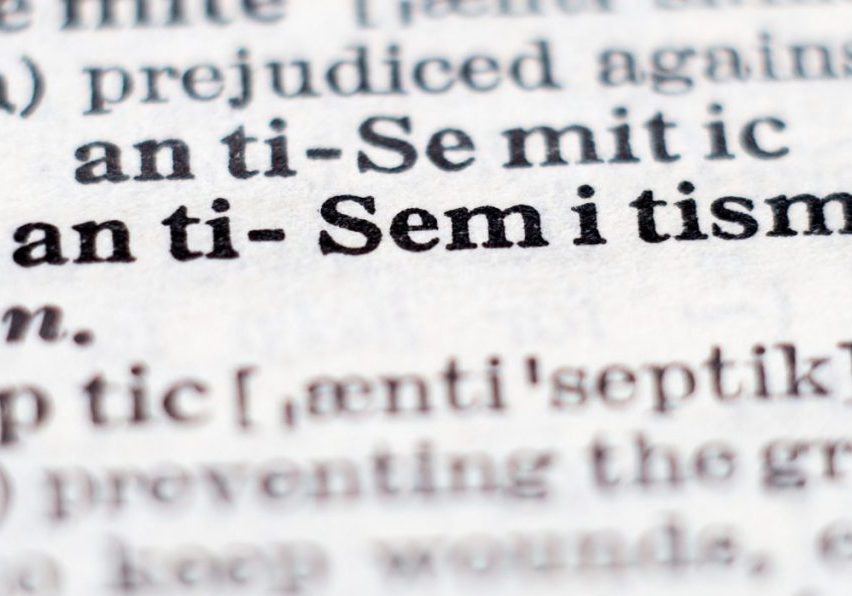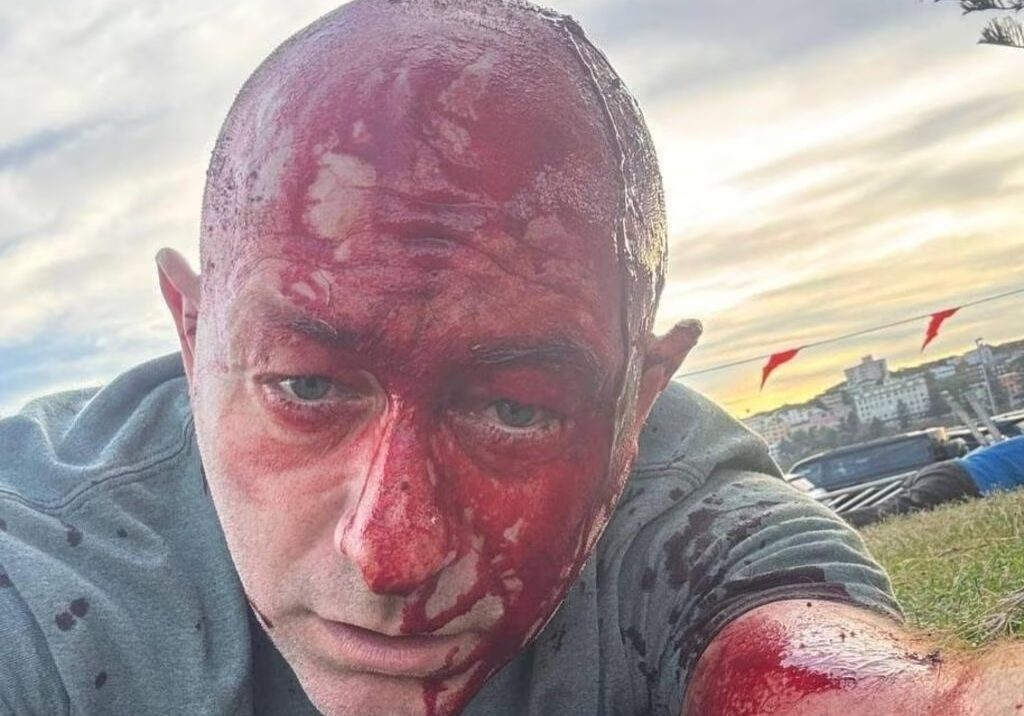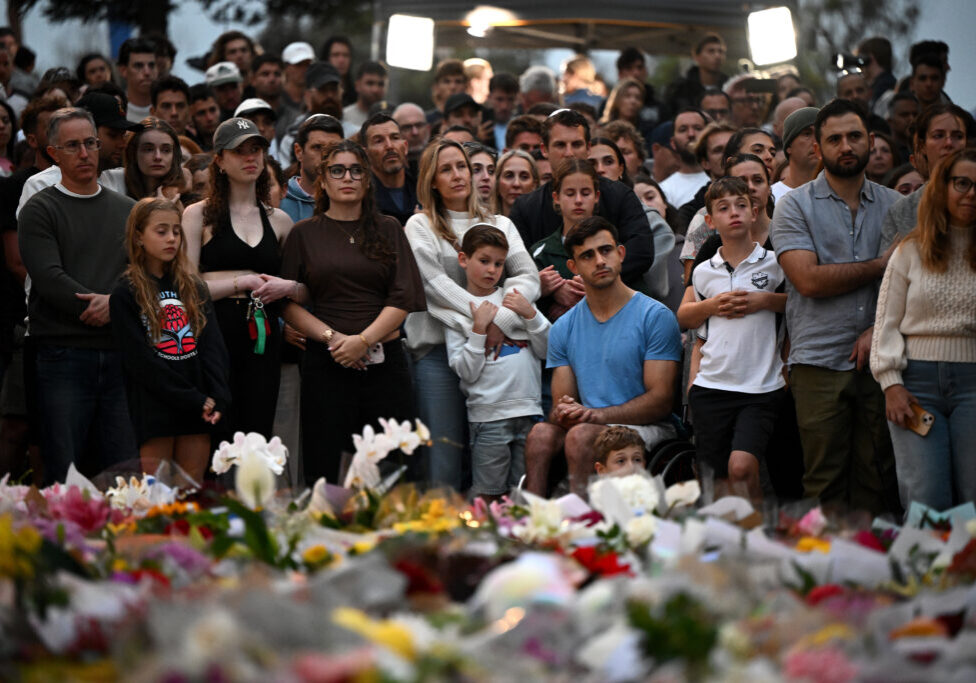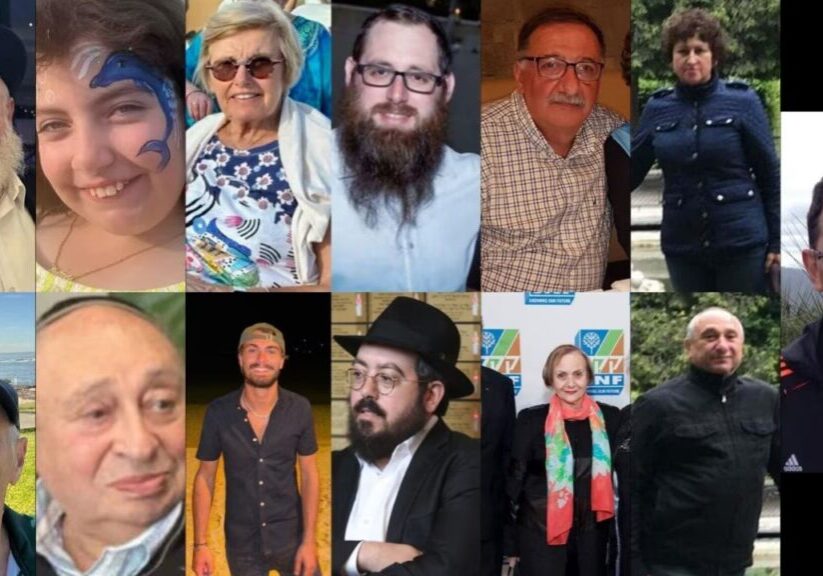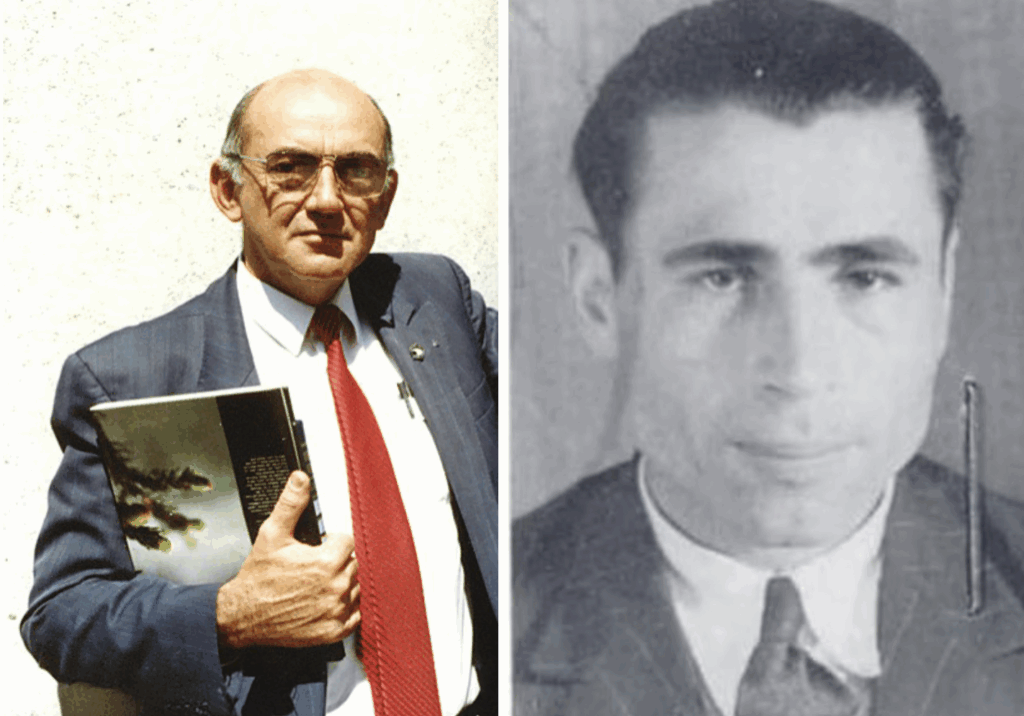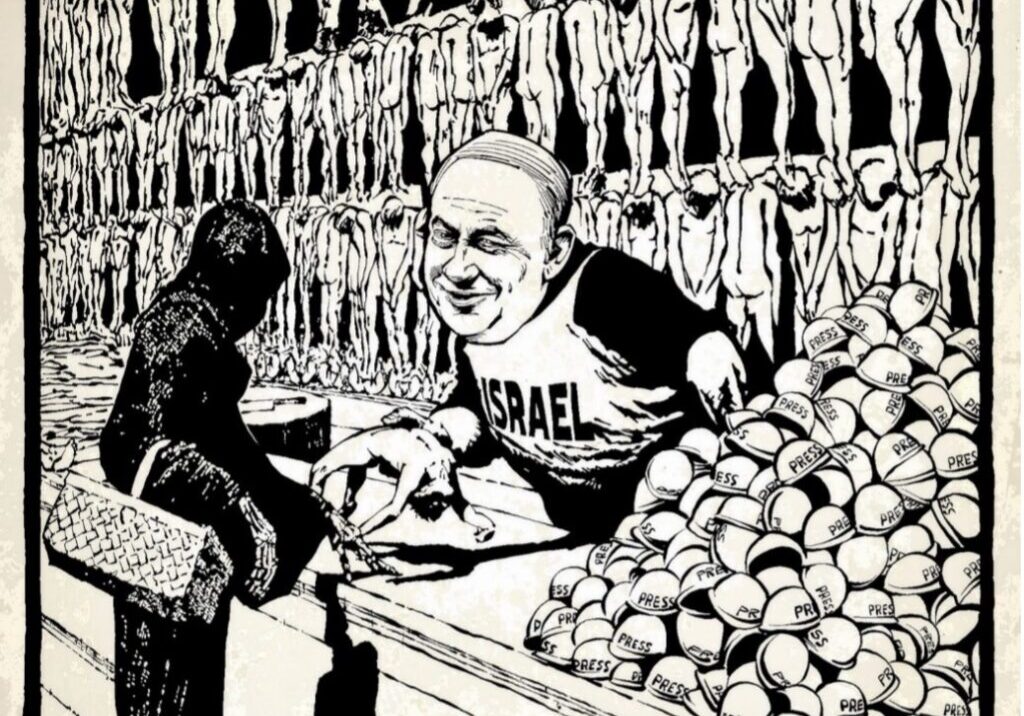Australia/Israel Review
Media Microscope: Hits and misses
Aug 31, 2022 | Allon Lee
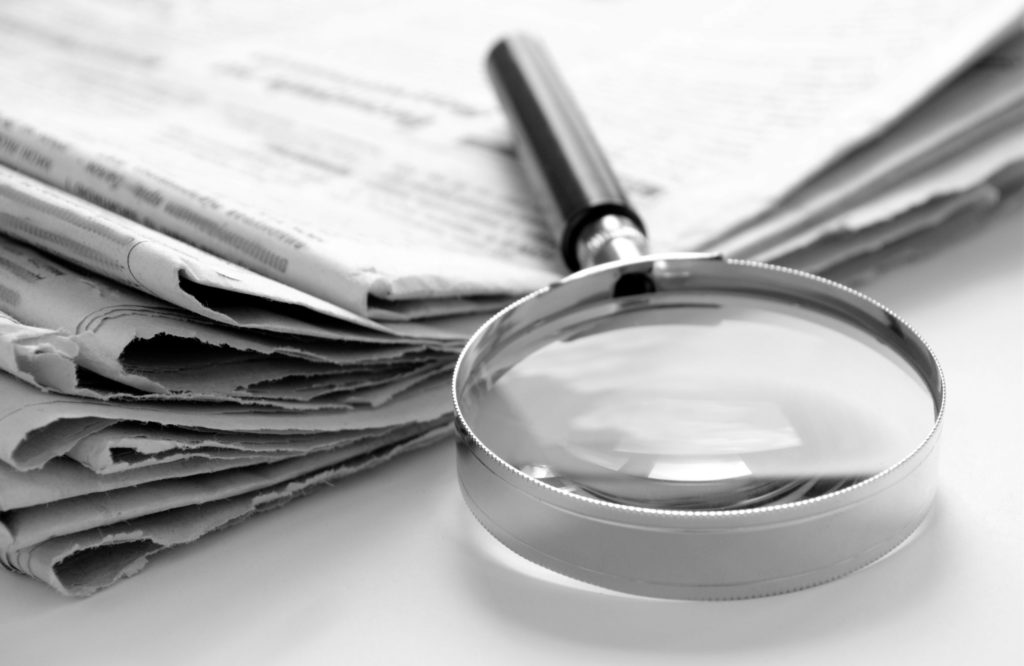
A three-day mini war between Israel and Palestinian Islamic Jihad (PIJ) in early August highlighted the limitations of the media’s capacity to rise above generalities and propaganda.
Israel’s revelation that misfiring PIJ rockets falling back into Gaza contributed to a significant proportion of the Palestinian death toll was picked up by most newspapers and on TV reports from ABC and SBS. However, the evening news bulletins on the commercial stations seem to have totally overlooked it.
Channel 7 (Aug. 6) incorrectly claimed Tel Aviv and not Jerusalem is Israel’s capital and said, “in the tightly packed streets of Gaza, civilian deaths are almost inevitable.” Deaths are only “almost inevitable” because Palestinian groups deliberately base themselves and their weapons in residential areas. The next night, Channel 7 incorrectly called Gaza a “disputed territory”.
Channel 9 (Aug. 7) attributed the deaths of 32 Palestinians in Gaza to “Israeli air strikes” and erroneously claimed Palestinian militants “retaliated by firing at least 6,000 rockets into Israel.” An ABC website headline (Aug. 9) incorrectly claiming “Israel reopens Gaza crossings as truce with Palestinians holds, after 44 people killed in Israeli air strikes,” was subsequently corrected.
One feature of the media coverage was the ubiquity of the Shamalakh family, whose home was destroyed in the Israeli airstrike in Rafah which killed PIJ southern Gaza commander Khaled Mansour.
On Aug. 8, Nine Newspapers quoted Huda Shamalakh saying “[Israel] warned us with rockets and we fled.” On SBS TV “World News” (Aug. 7), Ibrahim Shamalakh said he received a call to leave his house, while Middle East correspondent Allyson Horn’s report for ABC TV “7pm News” (Aug. 7) said, “residents were warned to evacuate” and then cut to Ibrahim Shamalakh. After the ceasefire, Horn visited the ruins of the Shamalakh home where a third family member was interviewed. Channel 10’s Aug. 7 report interviewed wheelchair bound Safa Shamalakh seated next to an elderly woman.
Information in most reports about the availability of electricity in Gaza was ill informed and incomplete.
A typical example was News Corp’s post-ceasefire report (Aug. 9) that fuel trucks had resumed supplying fuel to Gaza’s sole power plant ensuring hospitals could treat the wounded.
In fact, Israel directly supplies Gaza with much of its electricity even when the sole power plant is not operating, or during conflict. Moreover, there is nothing preventing Egypt choosing to open its shared border with Gaza to allow fuel trucks to enter, as it did in 2017. Except that Egypt rarely does, which the media ignores. Moreover, as a matter of public record, Gaza’s hospitals are equipped with backup generators.
On the Wire (Aug. 13), Australia Palestine Advocacy Network Vice-President Nasser Mashni accused Israel of preventing Gaza from receiving the fuel needed to run the power plant, impacting sewage treatment and leading to “raw sewage… being pumped into the Mediterranean.”
Mashni admitted, “Egypt is complicit in the siege of Gaza,” but said this was a condition for Cairo receiving US aid.
There is no siege, but a limited blockade which Egypt enforces because it views Hamas’ rule in Gaza as illegitimate and its affiliation with the Muslim Brotherhood as an existential threat. There is absolutely no evidence the US has coerced Cairo to keep its Gaza border closed.
On Aug. 9, ABC RN “Breakfast” host Patricia Karvelas absurdly asked Yousef Hammash, Norwegian Refugee Council advocacy officer in Gaza, whether the Rafah refugee camp “that was reportedly struck by Israeli missile fire on Saturday… was destroyed?”
Hammash also blamed Israel for Gaza’s lack of fuel and electricity, but wasn’t asked about the Egyptian crossing.
On Aug. 8, Karvelas indulged Qatari commentator Omar H Rahman, who professed not to know why Israel targeted a PIJ leader in Gaza and said the “suffocating air, land and sea blockade” ensures fighting will resume.
The Australian (Aug. 9) editorialised on Teheran’s patronage of PIJ, saying “Iran’s malevolent thumbprints are all over the worst violence in the Palestinian enclave since May last year… so deep are the links … [PIJ’s] top terrorist, Ziyad Nakhaleh, was not in Gaza but in Iran… [meeting]… General Hossein Salami, commander of the Revolutionary Guards, and President Ebrahim Raisi.”
SBS TV “World News” (Aug. 6) reporter Nick Wells ran a clip of Israeli PM Yair Lapid saying “Islamic Jihad is an Iranian proxy… The head of Islamic Jihad is in Teheran as we speak,” but Allyson Horn’s ABC TV “7pm News” (Aug. 6) report cut Lapid’s reference to PIJ’s chief being in Teheran during the fighting.
Tags: Australia, Media/ Academia

